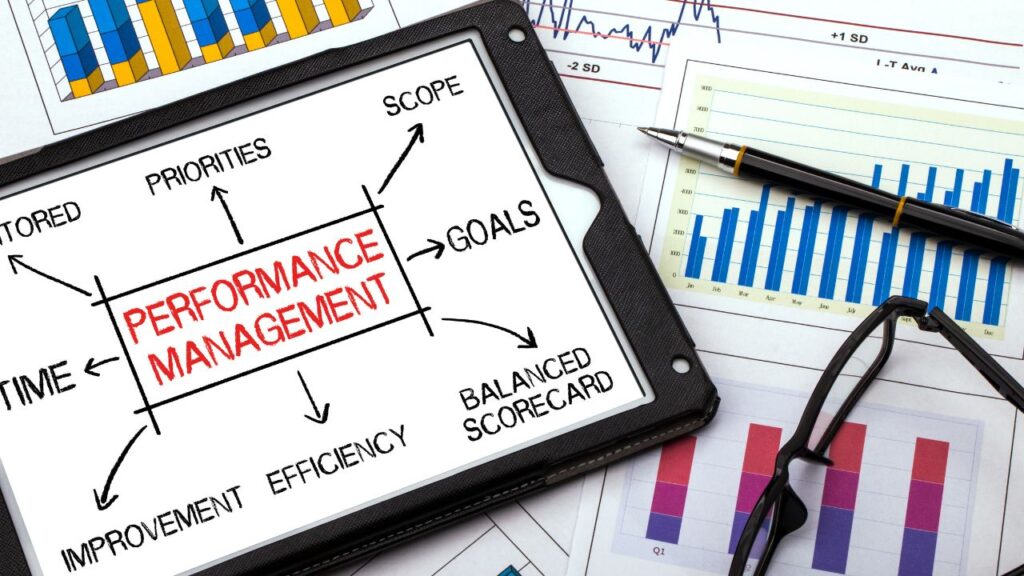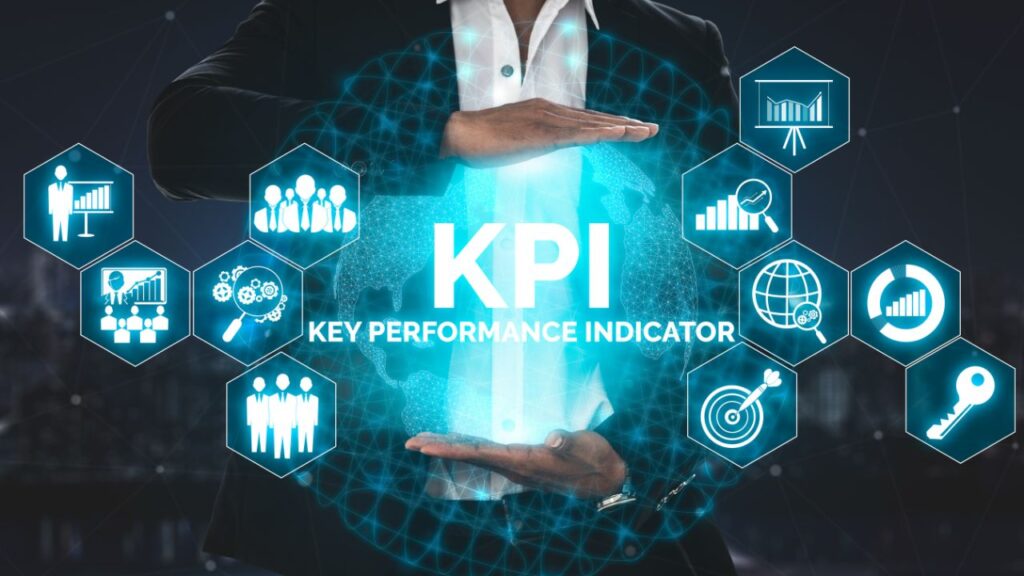Introduction
In the digital marketing landscape, businesses are constantly seeking ways to optimize their advertising budgets and maximize return on investment (ROI). Performance marketing has emerged as a powerful strategy, offering a results-driven approach where advertisers only pay for specific actions, such as clicks, leads, or sales. This beginner’s guide will explore what performance marketing is, how it works, its key components, benefits, and best practices for successful implementation.
Understanding Performance Marketing
Performance marketing is a form of digital advertising where advertisers pay marketing partners (affiliates, publishers, influencers, or agencies) based on predefined performance metrics. Unlike traditional advertising, where businesses pay for impressions or reach, performance marketing ensures that every dollar spent contributes directly to measurable results.

Key Characteristics of Performance Marketing
- Pay-for-Results Model: Advertisers only pay when a specific action occurs, such as a sale, a lead, or a click.
- Data-Driven Approach: Performance marketing relies heavily on analytics and tracking tools to measure effectiveness.
- Diverse Marketing Channels: This strategy encompasses affiliate marketing, social media advertising, influencer marketing, and more.
- Scalability and Flexibility: Businesses can optimize campaigns in real time based on performance insights.
How Performance Marketing Works
Performance marketing involves multiple stakeholders who work together to achieve measurable results. The process typically follows these steps:
- Advertiser Sets Goals: A business defines key performance indicators (KPIs), such as conversions, sales, or leads.
- Publisher Promotes Products/Services: Affiliates, influencers, or agencies promote the advertiser’s offerings using various digital channels.
- Users Take Action: Potential customers engage with the marketing content and take the desired action.
- Tracking & Attribution: Advanced tracking technologies record user interactions to attribute performance accurately.
- Advertiser Pays for Results: The advertiser compensates the publisher based on the agreed-upon metric.
Key Components of Performance Marketing
1. Affiliate Marketing
Affiliate marketing involves third-party publishers (affiliates) promoting a brand’s products or services in exchange for a commission. This model relies on affiliate networks like Amazon Associates, ShareASale, and CJ Affiliate.
2. Pay-Per-Click (PPC) Advertising
PPC advertising, such as Google Ads and Bing Ads, allows advertisers to bid on keywords and pay only when users click on their ads.
3. Social Media Advertising
Platforms like Facebook, Instagram, LinkedIn, and TikTok enable performance-based advertising, where businesses pay per click, lead, or conversion.
4. Influencer Marketing
Influencers with large followings promote brands in exchange for a commission or fixed payment based on performance.
5. Native Advertising
Native ads blend seamlessly with content on platforms like Outbrain and Taboola, driving engagement without disrupting user experience.
6. Retargeting and Remarketing
Retargeting uses cookies to re-engage users who previously interacted with a website, increasing conversion chances.

Benefits of Performance Marketing
- Cost-Effectiveness: Businesses pay only for results, reducing wasted ad spend.
- Higher ROI: Tracking and optimizing campaigns leads to improved returns.
- Scalability: Advertisers can expand successful campaigns with ease.
- Transparency: Performance metrics provide insights into what works and what doesn’t.
- Improved Customer Targeting: Advanced data analytics enable precise audience targeting.
Best Practices for Successful Performance Marketing
1. Define Clear Objectives
Set measurable goals (e.g., cost per acquisition, conversion rates) to track success.
2. Choose the Right Channels
Identify platforms where your target audience is most active, whether it’s social media, search engines, or affiliate networks.
3. Leverage Data Analytics
Use analytics tools like Google Analytics, Facebook Pixel, and third-party tracking software to monitor performance.
4. Optimize Landing Pages
Ensure landing pages are optimized for conversions with compelling CTAs, fast load times, and user-friendly designs.
5. A/B Testing
Experiment with different ad creatives, messaging, and audience segments to identify the most effective strategies.
6. Build Strong Partnerships
Collaborate with reputable affiliates and influencers who align with your brand values.
7. Monitor and Adjust Campaigns in Real-Time
Continuously refine campaigns based on performance insights to maximize efficiency.

Challenges in Performance Marketing
- Fraud Risks: Click fraud and fake conversions can impact ROI.
- Ad Fatigue: Repetitive ads may lose effectiveness over time.
- Tracking Limitations: Privacy regulations and ad blockers can affect data collection.
- Competition: Highly competitive industries may have higher acquisition costs.
Conclusion
Performance marketing is a game-changer in the digital advertising space, offering a cost-effective and measurable approach to customer acquisition. By leveraging key marketing channels, setting clear goals, and continuously optimizing campaigns, businesses can maximize ROI and drive sustainable growth. Whether you’re a startup or an established brand, integrating performance marketing into your strategy can help you achieve scalable and results-driven success in today’s digital world.
